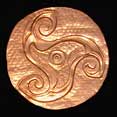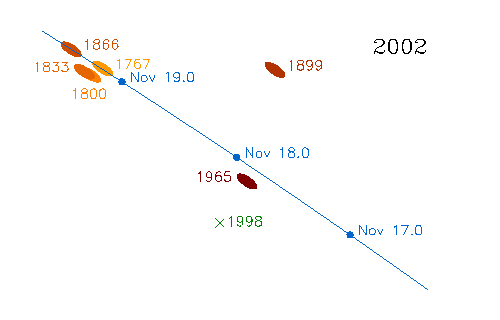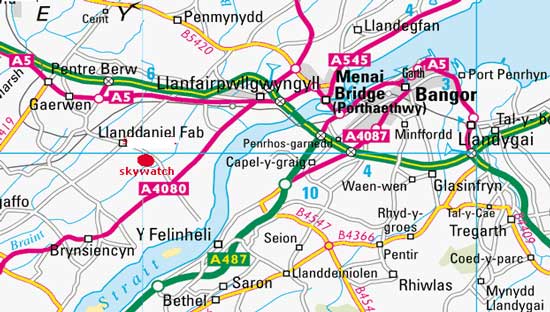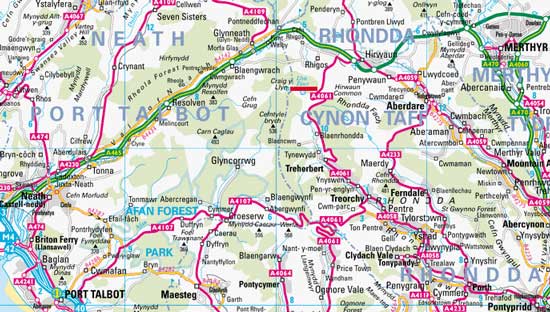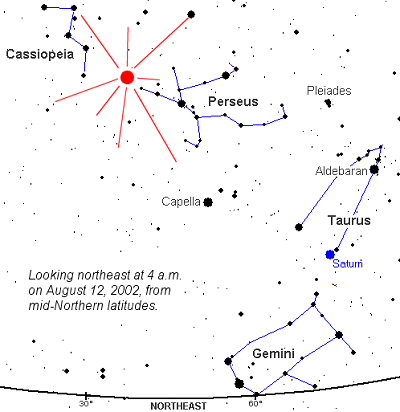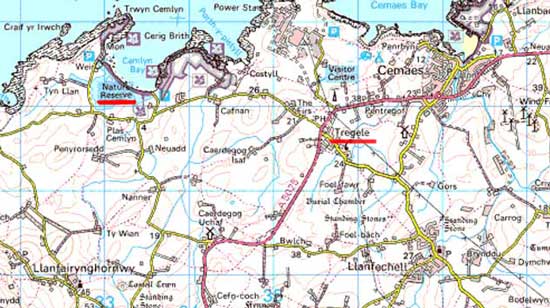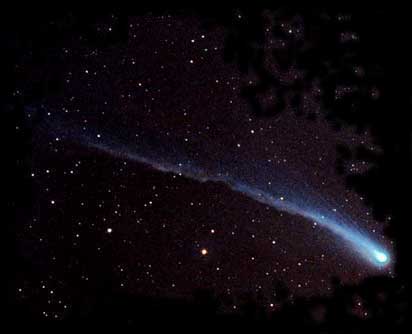text translation service for many worldwide languages
The Morien Institute Skywatching Expeditions have developed out of a series of familiarity sessions that have happened over many years. Identifying the stars and star patterns which form the constellations in the northern hemisphere is a process which is essentially one of re-orientation. After three or four successive clear nights the observer begins to appreciate the vastness of the universe, often for the first time, and the sporadic meteors that can be seen every night bring home the reality that it is a perpetually changing, living cosmos …
Once the basics of constellation-recognition has been achieved, time spent noticing the movements of the planets across the background of fixed stars seems to last longer, as the greater time-frames of our solar system are ‘experienced’. The pre-occupation with the cosmos that governed the lives of ancient peoples becomes less of a mystery as new skywatchers ponder with awe the vastness before them. Observing a meteor storm gives skywatchers a 3-D appreciation of our solar system, and drives home the discomforting reality that ‘space’ is far from ’empty’ … The ‘Morien Institute Skywatching Expeditions’ are designed to be educational, and modelled on the ancient Druid ‘hedge schools’, where tuition was given in the open air and focussed on the many aspects of natural philosophy – especially astronomy and the mysteries of nature and the universe. As well as night-time skywatching, all ancient cultures attached great importance to day-time celestial phenomena such as sunrises, sunsets, and eclipses, so we have also organised day-time ‘Skywatching Expeditions’ to observe these. Below are a sample of our various skywatching activities, and details of where and when we run our skywatches.
the Leonid ‘meteor storm’ skywatch – 2002 This November’s Leonid Meteor shower is causing much more excitement than usual. The Earth passes through the orbital path of the comet 55/P Tempel-Tuttle on November 17th, 18th, 19th, and astronomers are predicting that as we pass through the centre of two streams of cometary debris left behind on its passage through our solar system in 1767 and 1866, we could be in for a spectacular display of ‘shooting stars’ similar to that which occurred in 1966. Leading astronomers from the Armagh Observatory in the north of Ireland have the following to say about this year’s expected ‘Leonids meteor storm’:
“The Leonids are the debris of Comet 55P/Tempel-Tuttle. Every 33 years or so, the comet returns to the inner solar system and releases material that forms into a new dust trail. In 2002 November the Earth will pass near the trails released at the 1866 and 1767 returns, i.e. 4 revolutions and 7 revolutions of the comet ago. The Earth’s passage right through the centre of trails is associated with the most spectacular meteor displays (studies show that, as well as how close to the centre of the trail you are, the strength of the display also depends on how far along a trail’s length you are).”
As usual, the Morien Institute is organising ‘accessible skywatches’ for this year’s Leonid meteor storm at two locations around Wales. There are two peaks this year as our planet traverses the centres of the debris trails laid down by the comet as it passed through our solar system in 1767 (7th. rev.) and 1866 (4th. rev.). The best place to view the first ecncounter will be from northwestern Europe – especially on the west coasts of Scotland, Wales, England and all of Ireland – and the duration of this first encounter is estimated to be around 130 minutes centred about an hour either side of 04:00 UT (GMT). Some 3000 shooting-stars per hour at the peak were the estimates given by Armagh Observatory in July 2002. The second encounter is estimated to last for around 70 minutes, and is expected at about 10:36 UT. The best place from which to view this second peak is North America, from where anything up to 10,000 shooting-stars per hour have been predicted for early-morning skywatchers. Skywatchers in West Africa should also get a good view of the meteor storm.
Ynys Môn Skywatch: will be held on Monday November 18th from 23:00 until dawn, at the ‘Bryn Celli Ddu CADW car park’ in Llanedwen. From Menai Bridge follow the A4080 to the fork at Llanfair P.G., then turn ‘left’ along the Brynsciencyn Road and stay on that road (A4080) until you reach Plas Newydd. Just past Plas Newydd turn ‘right’ and follow the Llanddaniel Fab road for about a mile. The ‘Bryn Celli Ddu CADW car park’ is on the left just over the stream. Ring the mobile if you get lost …
Cwm Rhondda Skywatch: will be held on Monday November 18th from 23:00 until dawn, at ‘Llyn Fawr’ on The Rhigos. From Treorci follow the A4061 up the mountain towards Aberdare and stay on that road until you reach ‘a hair-pin bend’ . About two thirds of the way around the bend you will see a small road where you turn sharp ‘left’. Follow the road down about 200 yards to the lake.
Everyone is welcome to join us in Cwm Rhondda and on Ynys Môn from 23:00 until ‘dawn’, though we stress the gatherings are solely for the purpose of SKYWATCHING. If you are looking for a party then please enjoy yourselves elsewhere. If you really want to watch a spectacular meteor storm please email us for details of transport, meeting times and locations.
For those who would like to organise their own skywatching sessions in their areas, we recommend you visit Thursday’s Classroom, which is the Nasa educational website. This is especially important for parents who want to make it a family occasion, and teachers who would like to make it a school project. Nasa has made a great deal of information about this year’s expected Leonid meteor storm available for families and schools, including ‘lesson plans’ and ‘activity sheets’. Useful to anyone else planning a skywatch session, it also gives many interesting details of the Leonids’ history. It is not just our planet Earth that will be directly in the path of the Leonid cometary debris trails. Our Moon will also be in the path of the meteoroids. The big difference with the Moon, however, is that it doesn’t have an atmosphere like Earth, and ‘every’ meteoroid travelling in it’s path will hit the surface. It may be possible even with the unaided eye to see the bright flashes as medium size meteorites crash into the surface of the Moon. Unfortunately though, this year there will be a nearly Full Moon, and the brightness will outglare the fainter meteors. Skywatchers should try to position themselves so that a large tree, or a building, obscures their view of the Moon altogether. This way more of the fainter meteors can be seen.
Don’t forget that November is ‘cold’, so wrap up warm. Several thin layers are much, much better than one thick layer, and wear a hat as almost one third of body heat is lost through an unprotected head. Hot soup is a better idea than tea, coffee or alcohol, which have diuretic properties. Lay well back in a deckchair, or an inflatable mattress to avoid getting neck-ache. Have fun. Clear Skies …
visit the sites below for more information about the 2002 Leonid meteor storms
Armagh Observatory | Marshall Space Flight Center | Astronomical Society of Australia | NASA on danger to satellites NASA Meteor Storm forecast | Dublin, Ireland forecast | Edinburgh, Scotland forecast | Space Weather Leonid Observing Tips from NASA | NEO Information Centre
watch the ‘Leonid meteor storm live’ on NASA TV …
more links for the 2002 Leonid ‘meteor storm’ from the European Space Agency …
Leonids video | Typical Leonids puzzles | Previous Leonids campaigns | Listening to the Leonids Video animations | Chasing meteors on-board airplanes | More about Rosetta
the Perseid meteor shower skywatch – 2002
This year’s Perseid meteor shower is promising to be much more spectacular than usual. The Earth crosses the orbital path of the comet Swift-Tuttle, starting in late July and reaching its peak on August 12th and 13th. Astronomers are predicting that as we pass through the streams of cometary debris left behind on its regular 130-year passages through our solar system, we could be in for a spectacular display of ‘shooting stars’. On July 19th 2002 NASA released this report:
We’re entering the outskirts of that cloud now (late July). Every hour, one or two meteors are streaking across the sky. It’s the slow beginning of the Perseids.”
As usual, the Morien Institute is organising several ‘accessible skywatches’ for this year’s Perseid meteor shower at various locations around Wales. Everyone is welcome to join us from 23:00 until ‘dawn’, though we stress the gatherings are solely for the purpose of SKYWATCHING. If you are looking for a party then please enjoy yourselves elsewhere.
Ynys Môn Skywatch: will be held on Monday August 12th from 23:00 until dawn, at the ‘Nature Reserve’ in Cemaes Bay. From Menai Bridge follow the A5/A55 to the crossroads at Valley, then turn ‘right’ towards Cemaes Bay and stay on that road (A5025) until you reach Tregele. At Tregele turn ‘left’ and follow the road down.
Cwm Rhondda Skywatch: will be held on Monday August 12th from 23:00 until dawn, at ‘Llyn Fawr’ on The Rhigos. From Treorci follow the A4061 up the mountain towards Aberdare and stay on that road until you reach ‘a hair-pin bend’ . About two thirds of the way around the bend you will see a small road where you turn sharp ‘left’. Follow the road down about 200 yards to the lake.
comet C/2002 C1 Ikeya-Zhang Comet Ikeya-Zhang was discovered on the night of February 1st 2002 by Kaoru Ikeya of Japan, and Daqing Zhang of Henan Province, China. It was quickly given the designation C/2002 C1 (Ikeya-Zhang), and a preliminary orbit reported the following day that it would come moderately close to both the Earth and the Sun. At the time it was reported that it might become visible to the naked eye during late March and April 2002. Astronomers at Armagh Observatory in the north of Ireland have just released this extra information:
“By the end of February, observations had shown that the comet was indeed brightening according to expectations, although its sky position, relatively close to the Sun, would make it a difficult object to observe. In addition, it appears to have a fairly high gas-to-dust ratio, reducing the prominence of the developing dust tail.”
“Continuing observations during February also allowed an improved orbit determination, indicating a probable link with the comet C/1661 C1, observed by the Polish astronomer Johannes Hevelius. With a period of 300-400 years, the orbit stretches to 100 times the distance of the Earth from the Sun. If the suggested link, which was first suggested by the Japanese astronomer Syuichi Nakano and Brian Marsden of the Minor Planet Center, is confirmed, then Comet Ikeya-Zhang would have a record orbital period for a `periodic’ comet (i.e. one recorded as having returned more than once). Calculations indicate that it would then have had a perihelion passage in 1273 and another around 877.” In order for visitors to get an idea of when and where they can see Comet Ikeya-Zhang we have put up a page showing some more images of the comet taken by various at a number of locations around planet Earth. You simply click on the images to go directly to the websites from which they originated. The image below was taken by Gerald Rhemann on March 3rd. 2002. Click on the image to go directly to the Morien Institute’s Ikeya-Zhang observation page.
Morien Institute Skywatching Calendars for:
the Morien Institute supports:
please take a look at our astronomy programs & night-sky software for PCs and our Ancient Cosmic Impacts bookshoppe for a wide selection of books that explore human prehistory from the perspective that our planet has been regularly bombarded by cometary debris …
|
